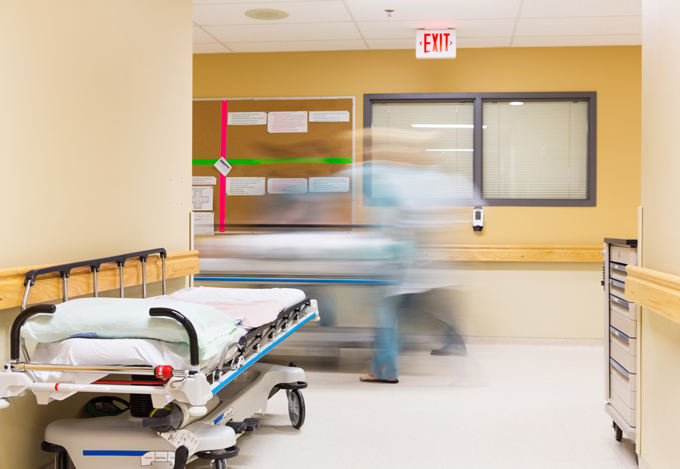Changing eligibility for Medicaid, CHIP could cost families billions
Lowering the eligibility for Medicaid and the Children’s Health Insurance Program, or CHIP, to 100% of the federal poverty level could leave approximately 650,000 children without reimbursement for hospitalizations annually, resulting in an annual cost of over $4 billion.
Currently, the eligibility threshold for public insurance ranges from 152% to 405% of the federal poverty level.
“The federal share of public insurance costs exceeds 50% in all states and is more than 70% in one-quarter of all states,” Jessica L. Bettenhausen, MD, a pediatric hospitalist in the department of pediatrics at Children’s Mercy Hospital and University of Missouri-Kansas City School of Medicine, and colleagues wrote. “A decrease in federal funding may push states to employ fiscal reduction strategies for children covered by Medicaid, including limitation of public insurance enrollment, covered services or access to preventive and acute-care services. One likely method for reducing expenditures would be to decrease enrollment by lowering income eligibility thresholds.”
The researchers examined data from hospitalizations of youth aged younger than 18 years from 14 states who were primarily insured through Medicaid and CHIP. All hospitalizations occurred between Jan. 1, 2014, and Dec. 31, 2014. The insurance eligibility of these pediatric patients was examined by assessing three different thresholds: 300%, 200% and 100% of the federal poverty level.

Bettenhausen and colleagues observed 775,460 publicly insured, reimbursed hospitalizations. If the eligibility limit for hospitalization reimbursement were set at 300% of the federal poverty level, approximately 155,000 hospitalizations (20%) would be ineligible for reimbursement every year. Sharper decreases were observed when the threshold was changed to 200% of the federal poverty level (~440,000 [57%]) and 100% of the federal poverty level (~650,000 [84%]).
The researchers calculated $1.2 billion hospital costs if the threshold of 300% of the federal poverty level were considered. When this percentage was lowered to 200% of the poverty level, the cost would increase to $3.1 billion and would rise to $4.4 billion if the threshold were lowered to 100%.
“What is clear is that a large amount of reimbursement — albeit reimbursement that is typically below costs — would be at stake [if health care coverage was decreased],” Bettenhausen and colleagues wrote. “Changes in public insurance income eligibility criteria may place health care institutions at greater financial risk, especially safety-net hospitals, which already operate at narrower financial margins, and other hospitals serving large numbers of newborns and low-income families.” – by Katherine Bortz
Disclosures: The authors report no relevant financial disclosures.
